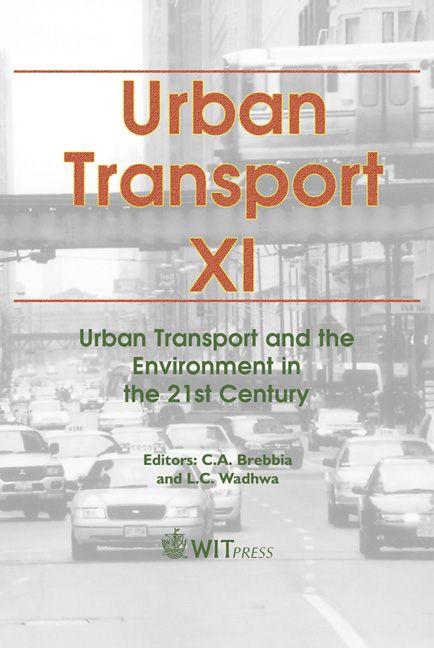The Evolution Of Urban Public Transport
Price
Free (open access)
Transaction
Volume
77
Pages
10
Published
2005
Size
425 kb
Paper DOI
10.2495/UT050081
Copyright
WIT Press
Author(s)
C. Jefferson & J. Skinner
Abstract
The development of urban transport and the particular role of public transport over the last century are reviewed. The study of this shows an evolutionary process in which the railway, bus and taxi prevailed and light rail and the trolleybus were almost forced into extinction in the UK. The present sorry state of urban transport and resultant congestion and pollution calls for a widespread reappraisal of the role and form of public transport. The factors and driving forces which could influence the specification of urban public transport systems of the future are investigated, taking into account the environmental and economic pressures and constraints, technological development and the quest for sustainability. 1 The history In the late 19th century in the town of São Bernardo Campo, Brazil, Giuseppi Setti came from Italy and founded a business transporting people and goods around the town by horse and carriage [1]. So successful was the business that in the 1920s, when motorised transport became available, the company acquired a fleet of ‘omnibuses’. The company is now a major bus operator in the São Paulo region. Returning to the days of the horse and cart, it was soon discovered that, by putting the cart on rails, the horse could pull a far greater load for its effort, hence the evolution of the horse drawn, and eventually electric, tram which subsequently became the dominant form of public transport in almost every major town and city. Trams proved popular and reliable and fitted well into the street environment. In the 1920s the tram was already established as the main form of public transport in most major towns and cities, including São Paulo, but was later to be
Keywords





